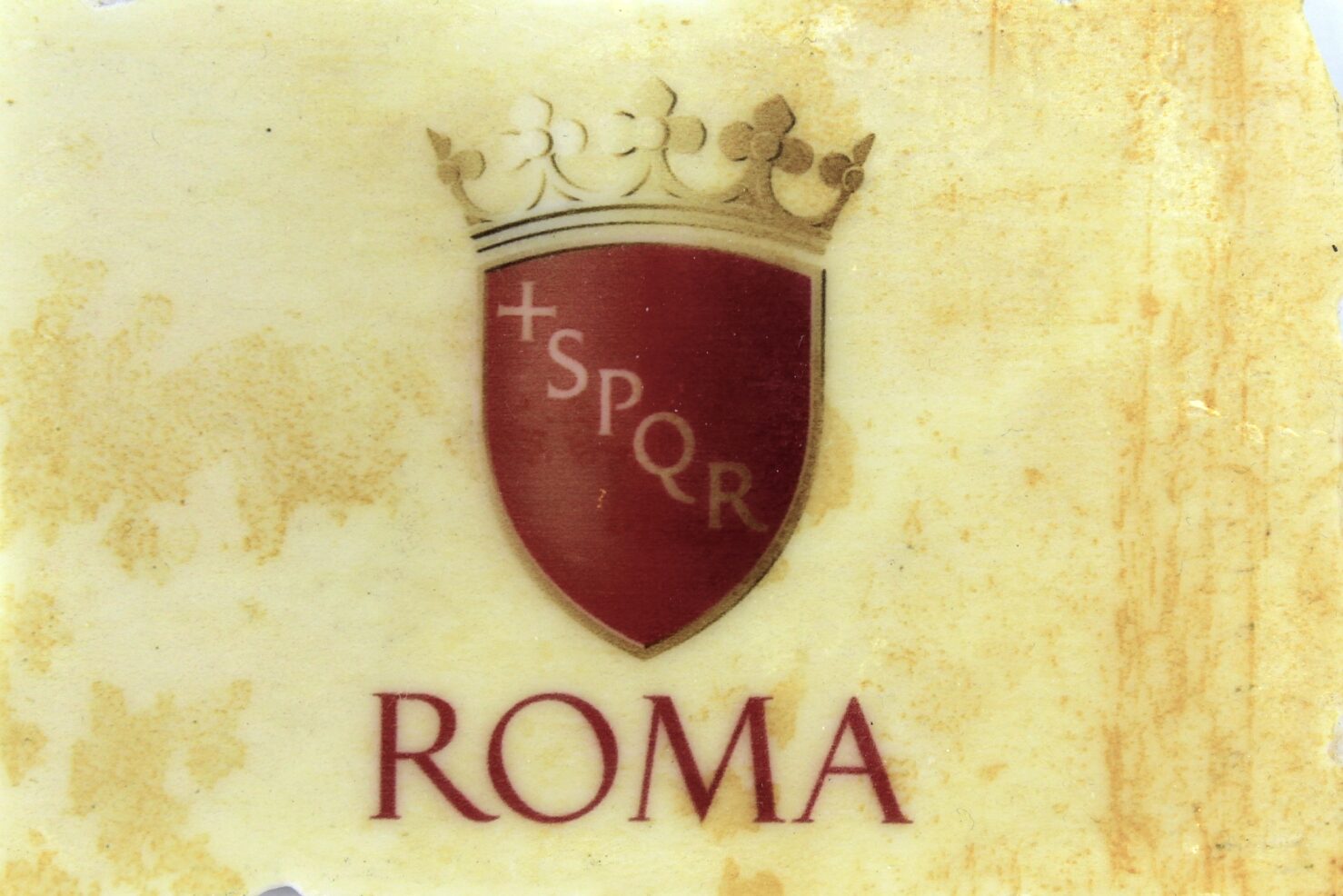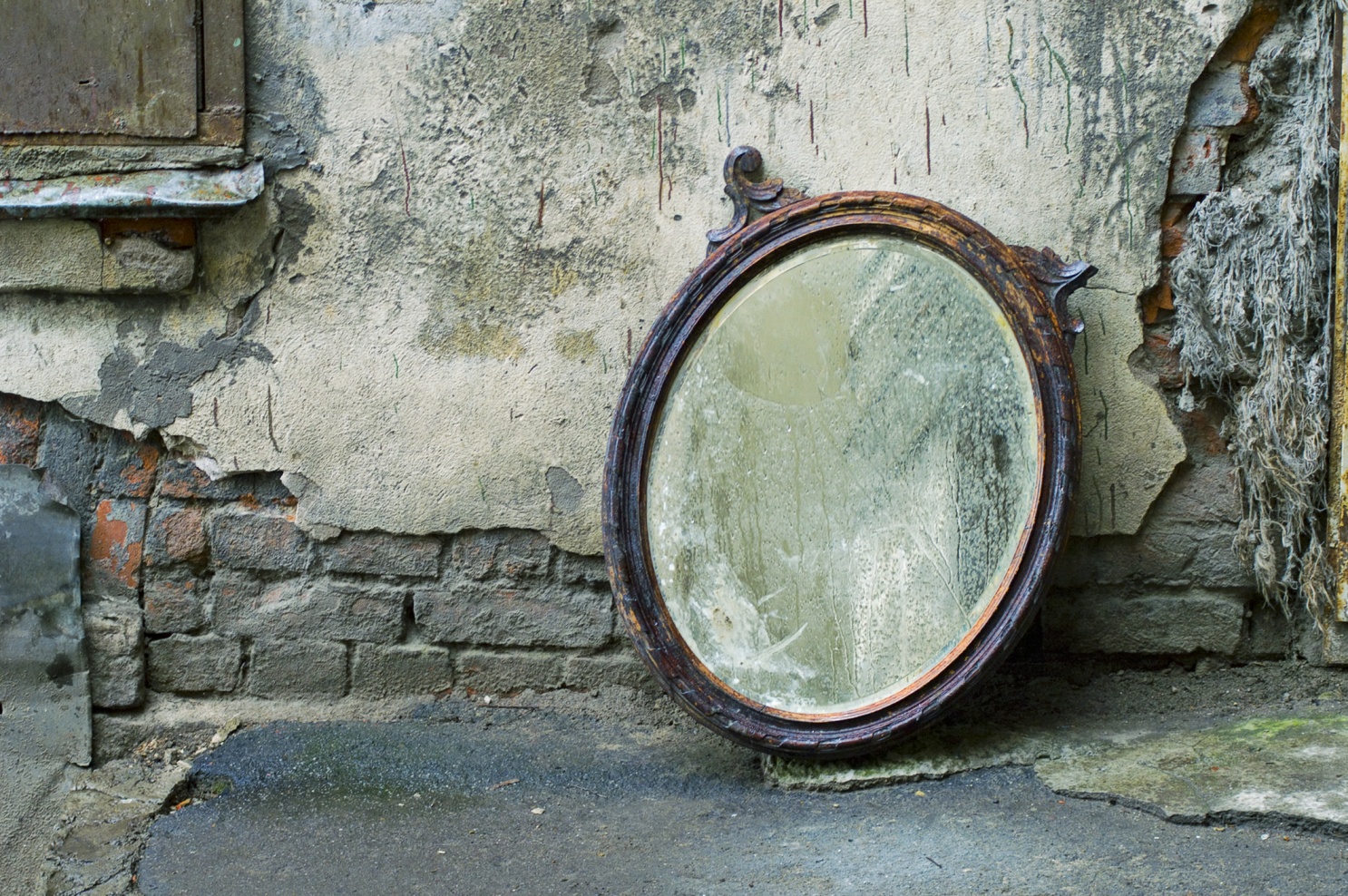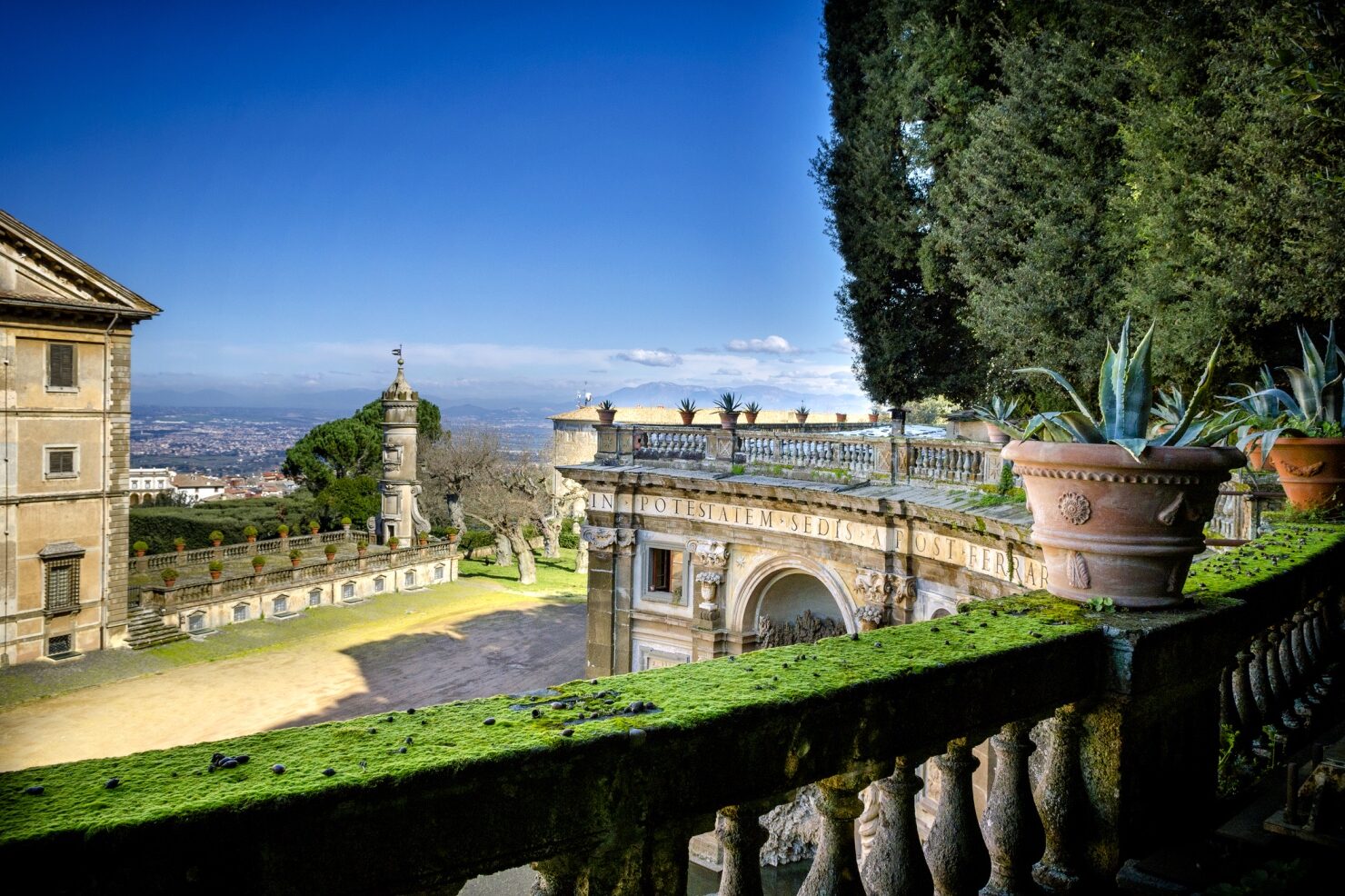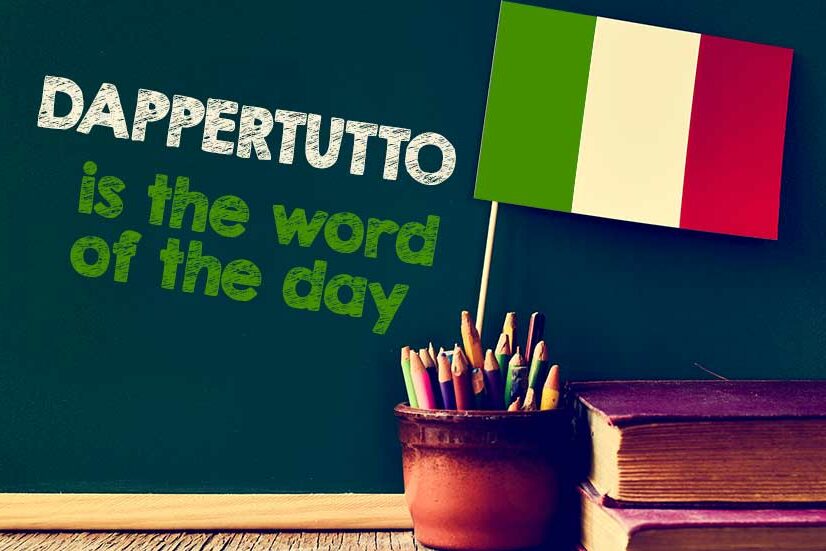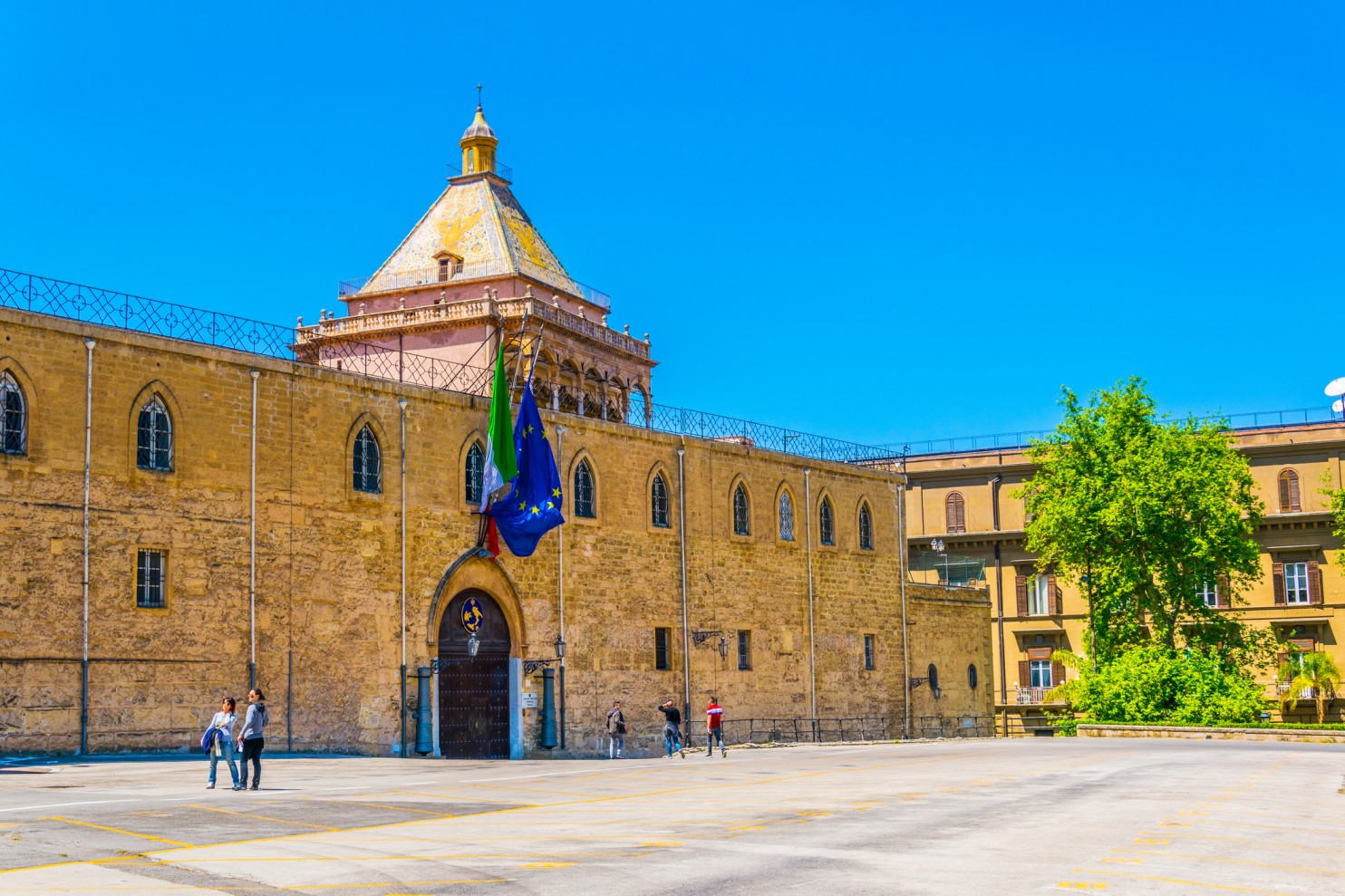Among other delicacies of the Italian cuisine, there’s one that everyone loves: ice cream. Italian ice cream, though, hasn’t that much in common with its American version, that’s why we’ll simply call it with its original name: Gelato.
Trying to determine when a first version of gelato was invented is a “mission impossible”. Apparently, there are proofs of his existence already in the ancient age. Not surprising at all: for many centuries, people living in hot climates have strived to create cold and refreshing treats from the simplest natural ingredients.
However, gelato -as we know it today- has been around since the 16th Century, and was created in Italy. Considering that freezers were not even close to being invented back then, having a good availability of water, flavors, and mountain ice or snow (even in summer, thanks to the proximity of mountains), made the production of gelato quite easy compared to other countries.
According to the majority of sources, it was Bernardo Buontalenti, a native of Florence, who first brought gelato to the court of Caterina de’ Medici. Some others attribute the invention to the Sicilian-born Francesco Procopio dei Coltelli, which undoubtedly is one of the most influential individuals in the history of gelato.
Since then, gelato started to become very popular at the same time in the far North e in the far South of Italy, more specifically on the Dolomite Mountains and in Sicily. Due to the different climate, the two varieties of gelato produced in the two areas where slightly different. In the Dolomites, Gelato was made with milk and cream; in the South, probably due to the higher temperatures, Gelato was lower in fat, predominantly water-based and without dairy ingredients. From this recipe originated the so called sorbetto (sorbet), one of the varieties of Italian Gelato.
The art of traditional gelato passed on from father to son, and in the 20th century many gelato makers began to emigrate, bringing this artisanal product to the rest of Europe and to other continents. Fortunately, today we can find gelato everywhere and during all the seasons.
It’s not surprising that Los Angeles has a high number of Italian style creameries, or “gelaterie”. Be aware though: not all of those that claim to have the original Italian product really offer gelato. But those who actually have it are a perfect destination for these summer days. Enjoy this treat as a refreshing snack, or as a complete meal.
If you want to make sure what you are eating is a real gelato, just ask for the ingredients.
What makes the difference between American ice cream and its Italian version are, first of all, the ingredients. Both of them are produced by mixing cream, milk and sugar, then adding air. But while Italian gelato contains fresh milk and fresh cream, American ice cream mostly has powder milk and a high quantity of vegetable fats; moreover, ice cream has a much higher percentage of fat content. This explains why gelato has much more flavor than traditional ice cream: fats tend to coat the mouth, blocking the experience of the fresh and natural flavor. The amount of air added to the mixture also determines the quality; more air means less quality. The air content in North American ice cream can vary from a low 40% to a high 60%, while for gelato is usually no more than 10%. The result of having less air is a higher quality product with a richer, creamier taste.
Remember, some of the best gelaterie are often hidden far from the most touristic and trendy locations. Have fun discovering the best ones!



